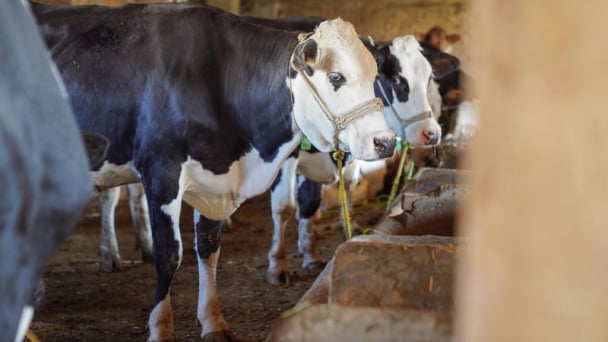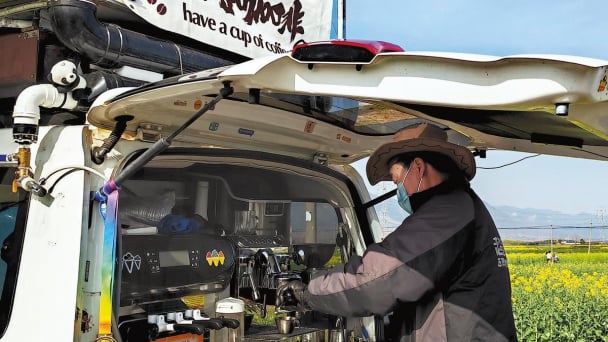May 22, 2025 | 17:24 GMT +7
May 22, 2025 | 17:24 GMT +7
Hotline: 0913.378.918
May 22, 2025 | 17:24 GMT +7
Hotline: 0913.378.918
* Crushers stepped up purchases on healthy demand
* Rains in top exporter Brazil slow harvest, boost U.S. exports
* New African swine fever cases hurt pig production, soymeal demand (Adds details on edible oils in paragraphs 9-10)

The world’s top market for soybeans brought in 13.41 million tonnes of the oilseed in January and February, down 0.8% from 13.51 million tonnes a year earlier, according to data from the General Administration of Customs.
China’s customs office releases preliminary trade data for January and February together rather than separately to smooth out distortions caused by the week-long Lunar New Year holiday, which this year was in mid-February.
Soybean imports surged to a record last year as crushers ramped up purchases on improved margins and healthy demand from the pig sector.
Chinese importers typically turned to U.S. cargoes in the fourth quarter and early months of the year when American beans dominate the market. Beijing also boosted purchases of U.S. farm products, including soybeans, to fulfil its pledge in the bilateral Phase 1 trade deal reached in January 2020.
Crushers would also start buying from Brazil early in the year as the new crop in the South American country enters the market, but rains have slowed harvest there and boosted exports of U.S. beans.
China’s demand has helped the rebuilding of a once massive pig herd that was decimated by the deadly African swine fever disease. Recent outbreaks, however, are hurting pig production in some northern and northeastern provinces, dampening demand for soymeal, a key ingredient in feed.
Chinese crushers brought in soybeans to crush into soymeal to feed the livestock sector, and soyoil for cooking oil.
China’s imports of edible vegetable oils in the January-February period soared 48% from a year earlier to 2.04 million tonnes, amid high domestic prices and strong demand.
China’s soybean oil futures prices rallied nearly 80% from year-earlier levels, while rapeseed oil futures rose 70%.
Reuters

(VAN) Attempts to bring down the price of the Japanese staple have had little effect amid a cost-of-living crisis.

(VAN) Fourth most important food crop in peril as Latin America and Caribbean suffer from slow-onset climate disaster.

(VAN) Shifting market dynamics and the noise around new legislation has propelled Trouw Nutrition’s research around early life nutrition in poultry. Today, it continues to be a key area of research.

(VAN) India is concerned about its food security and the livelihoods of its farmers if more US food imports are allowed.

(VAN) FAO's Director-General emphasises the need to work together to transform agrifood systems.

(VAN) Europe is facing its worst outbreak of foot-and-mouth since the start of the century.

(VAN) The central authorities, in early April, released a 10-year plan for rural vitalization.